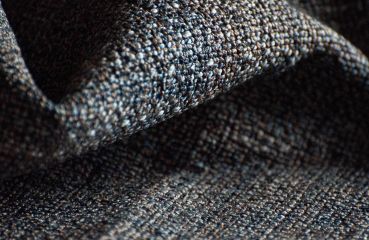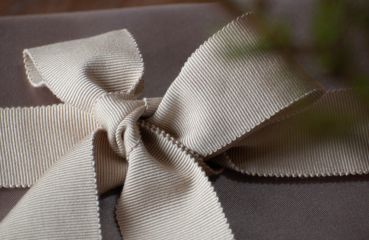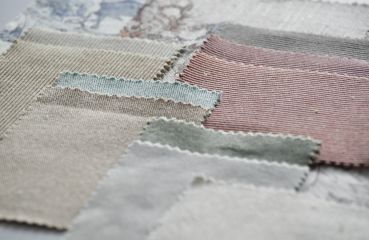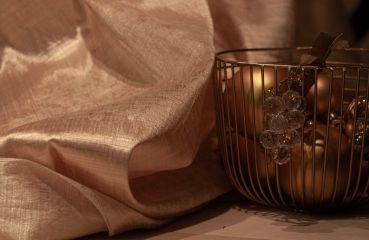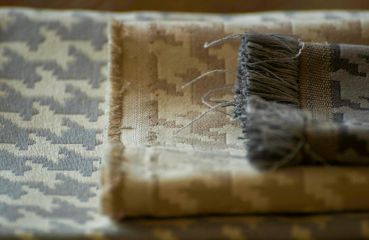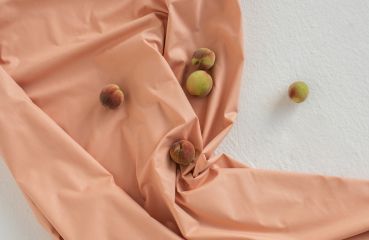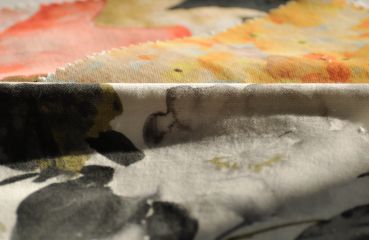ABOUT TEXTURED FABRICS
Close to nature. In harmony with the sense of touch.
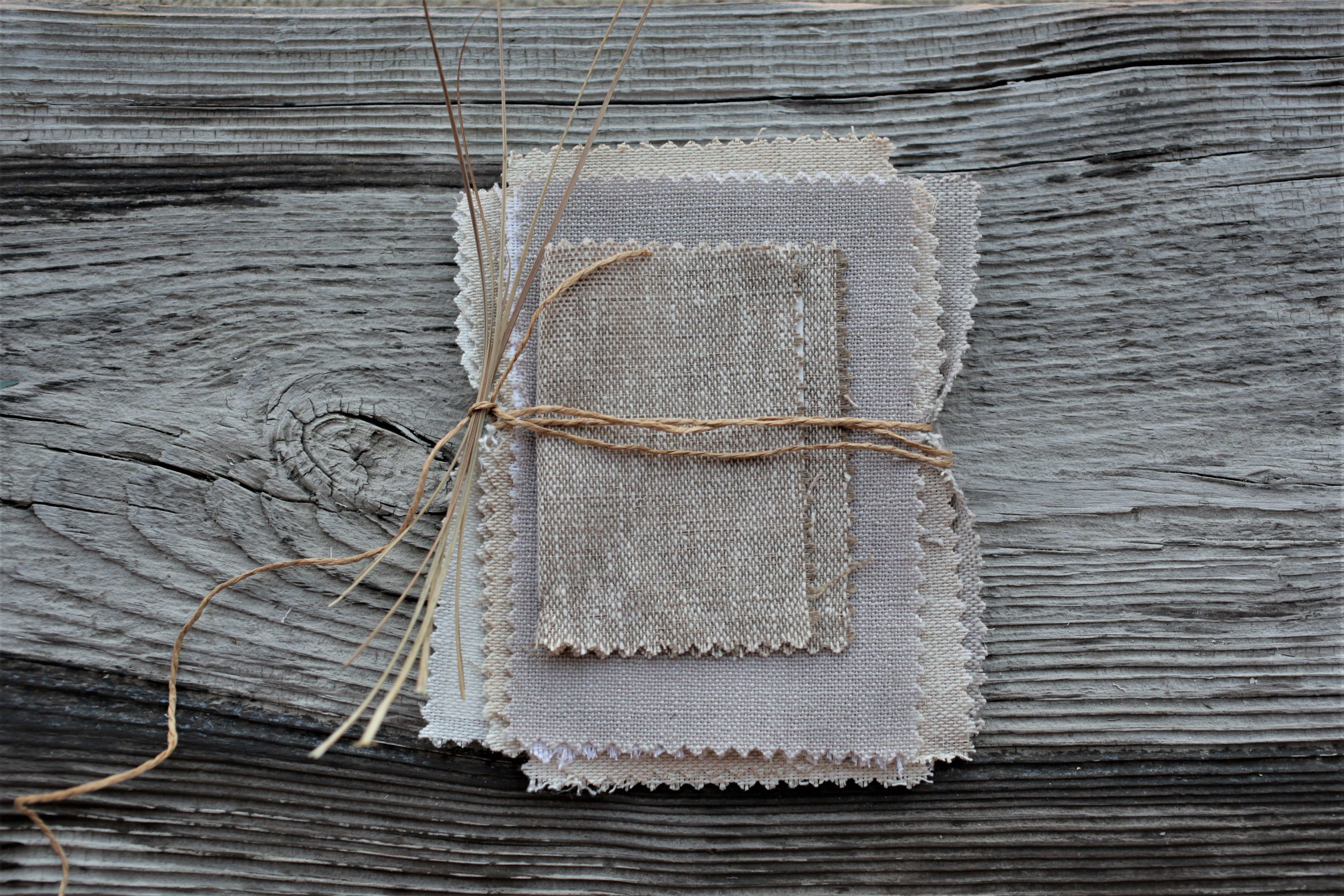
PEGGY, CANVA
The holistic theory of life assumes that the world is an entity, and people experience all phenomena with the help of five senses. Meanwhile, modernity is not conducive to senses, and, paradoxically, in this fast-paced, modern world, we increasingly need to live in harmony and contact with them. We want not only to look, but also feel and touch.

PEGGY, CANVA
Consequently, contemporary design more and more often focuses on the role of our senses, especially the sense of touch, which can have a therapeutic effect. When we touch, we feel and transmit this experience to all the receptors in our body.
There is no matter more graceful and more sensitive to the touch than a good quality fabric. Thanks to its malleable nature it can fit in the palm of your hand, instantly providing you with the whole spectrum of tactile sensations. You can enjoy fluffy and soft weaves of cosy cotton, gently cooling smoothed, softened linen or elusively elastic thin veils.

ELENI Ice
The modern macro-trend of being eco-friendly encourages the use of natural fabrics: with clear textures of irregular weaves, uneven threads, knots and all "naturalities" characteristic of organic textiles.
Today, fibre blends perfectly imitate these organic visual and tactile qualities. This is not a place for flashy patterns or clear contrasts – the eco style focuses on simplicity and minimalism. It offers an unlimited palette of neutral, nature-inspired earth colours with sandy ochre, creams, whitened greys, browns, greens and dove blues. All of them mixed in delicate blends create an atmosphere of harmony, security and cosiness.
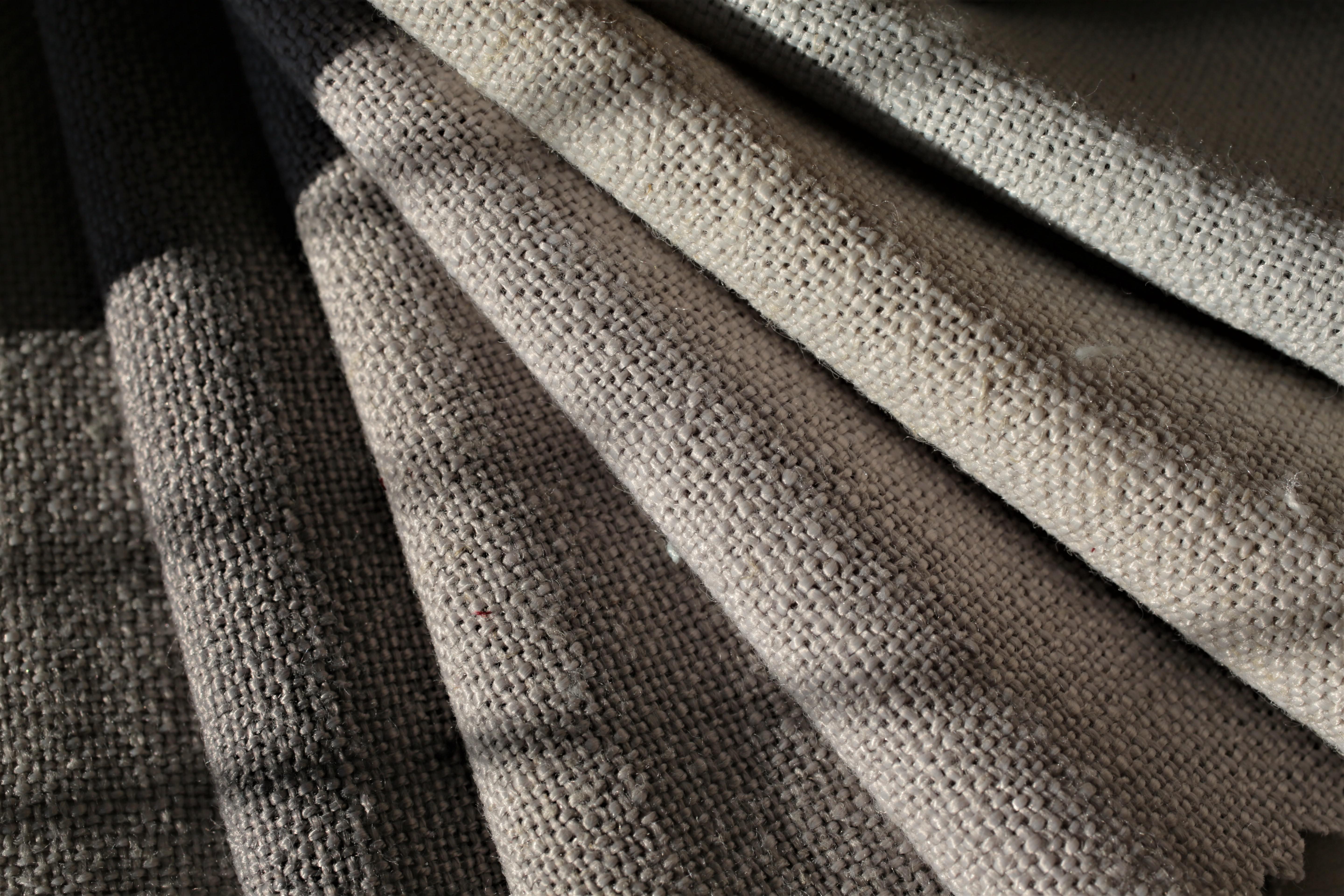

CANVA
Visible, irregular spacing between weft and warp threads make the fabrics play with the light, which brings out their uniqueness. Loosely woven light fibres bring to mind fishing nets, whereas darker, dip-dye, earthy shades – tangled roots or creepers. Never before have synthetic fabrics been as close to nature as today.


ELENI
Structural textiles constitute an unlimited basis for creating interiors which seem close to nature. Various textures encourage experiments with their combinations in one space and appreciation of their beauty, changing with the movement of air and light.


ELENI Ice
Structure, texture and surface texture – what are they?
These terms are often confused and used contrary to their original meaning. No wonder – the distinction and proper application of these terms requires basic knowledge of materials science, which explains the formation and structure of fabrics. The structure of the fabric refers to how it is built. Texture determines the fabric’s consistency, sometimes referring to the pattern on its surface. Surface texture, on the other hand, is the way in which the fabric’s surface is shaped.

PEGGY

CANVA, PEGGY
The production of fabrics has a long tradition all over the world. The very first products that resembled fabrics were created more than eight thousand years ago. However, those were not the fabrics we know today – they consisted of rather loosely interwoven strips of animal skins, grasses, thin branches or even creeper twigs.
Braids, which were created in such a way, somewhat resembled fabrics with their structure, although it is worth noting that they were mostly small-sized products. The first linen fabric, in a more refined form, thin and transparent, had its "premiere" in the ancient Egypt around the 27th century BC. Numerous paintings and records about the production of linen as well as its use by the ancient Egyptians have been well preserved to this day. Yet, it was only the mastering of the wet spinning technique (the so-called wet spun yarns) that initiated the industrial production of linen fabrics, although it took another several thousand years for modern fabric production to develop.

PEGGY
However complicated the modern production processes are, the truth about the basic structure of fabrics is very simple. Unlike other types of flat textile products, fabrics are always made of two thread systems, i.e. warp and weft, where the warp creates vertical lines, and the weft is horizontally interwoven with this arrangement. The combination of these two systems in a certain order (weave) creates the fabric’s structure. Each weave affects the appearance and purpose of the fabric. The possibility of combining weaves is very important as it result in an enormous number of fabric weave solutions for various purposes.

PURO Wheat and Dove
Naturally, the properties of warp and weft threads affect the qualities of the fabric thus produced. The density affects the elasticity and permeability of the fabric. Thickness, i.e. a parameter which depends on the thickness of yarn and its type, has a major impact on the fabric’s intended use. Changing one or more parameters dramatically modifies fabric properties such as thickness, surface density, elasticity, permeability, etc. Therefore, for specific purpose fabrics, individual parameters should be hand-picked.

CANVA
The fabric texture, which determines the spatial arrangement of the threads and how they are interlaced, is associated with weaves and the properties of yarn. The texture can be, for example, diagonal in a twill weave, linen in a plain weave (threads cross at right angles) and satin in the case of elongated and smoothed weaves.
The surface texture is the characteristic structure of the surface of the fabric, resulting from the physical properties of the yarn from which it is made, or the way it is processed. It can be smooth, rough, wavy, knotty, patchy, wrinkled, pleated etc. It is often defined by comparison to another material having a specific and generally recognizable surface pattern (for example, velvety, leathery, linen surface). It is customary to call it coarse if it is far from being smooth. In fabric descriptions, the terms texture and surface texture are often used interchangeably. However, when looking for "smooth velvety satin" or "baggy, but waxed linen", it is worth knowing the difference between the two as well as the source of all those expressions that affect our imagination and senses.

PEGGY
All fabrics presented in this article are part of the DEKOMA 2019 collection:
An exceptionally exquisite semi-transparent polyester fabric. Significant weight (92g/m2) for a transparent fabric allows Puro to be arranged in an unusually graceful way. The fabric does not crumple or break. Available in 32 colours, it is particularly eye-catching in the fashionable shades of purple, blue, beige and grey. Economical height of 3m enables abundant draping and free drift of the fabric in the air.
Canva is an upholstery and decorative fabric with an interesting elastic grip. Its natural look, owed to the admixture of linen, and extensive range of colours will certainly catch the eye. Seemingly delicate, Canva is highly resistant to abrasion (100 000 Martindale cycles). The fabric is Oekotex certified.
Acrylic and polyester blend (67%/33%). Typical large mesh net, with a thick weave, available in the height of 295 cm. Thanks to its structure, Eleni is perfectly in line with the trends of returning to the roots and craftsmanship. Perfectly arranged, it is fleshy and springy. Available in 11 subdued colours.
PHOTOS WERE SHOT AT THE LONG BEACH AND MANHATTAN, NY
Photography: Boris MIller
Styling: MBBM Studio







